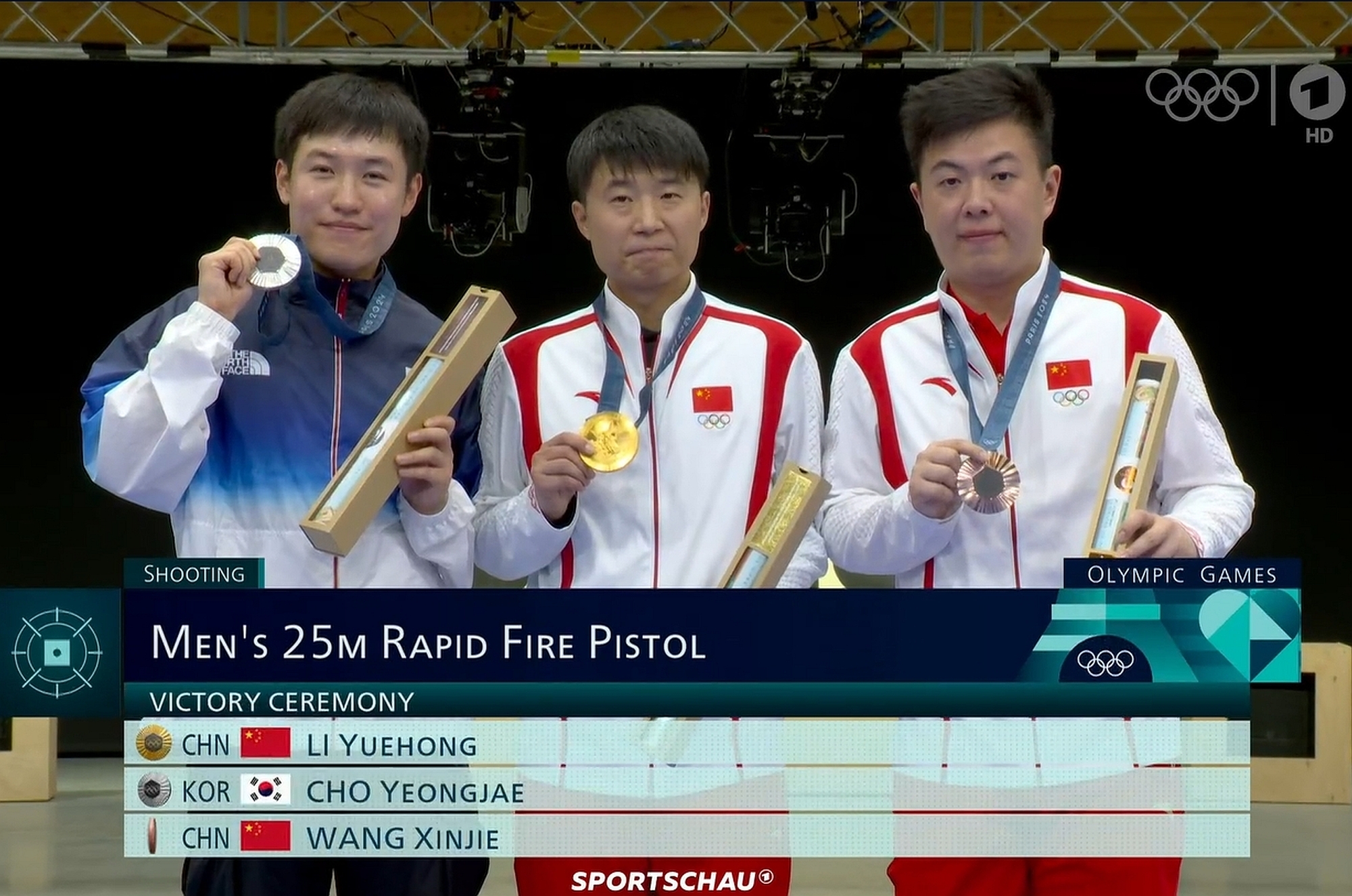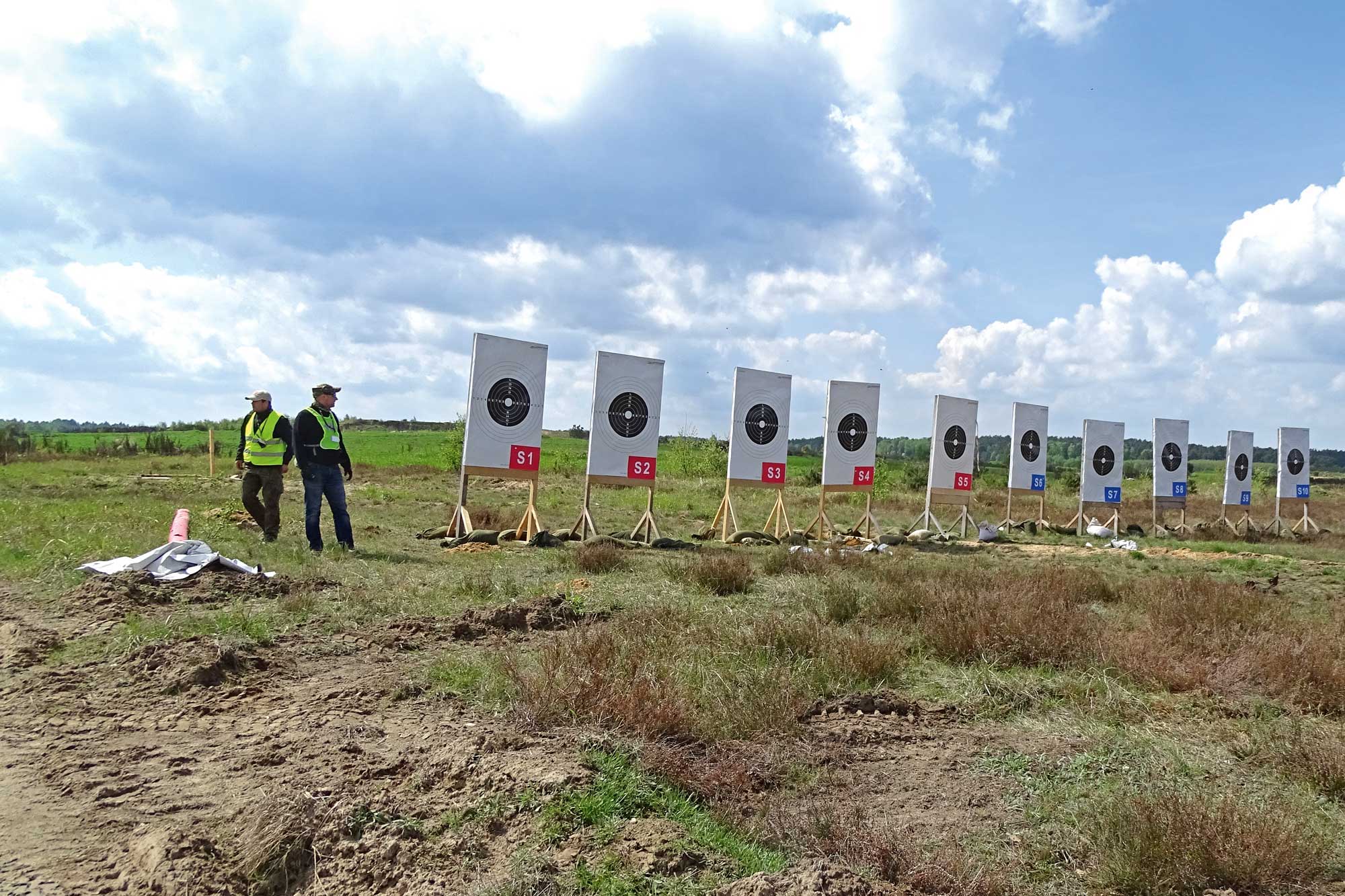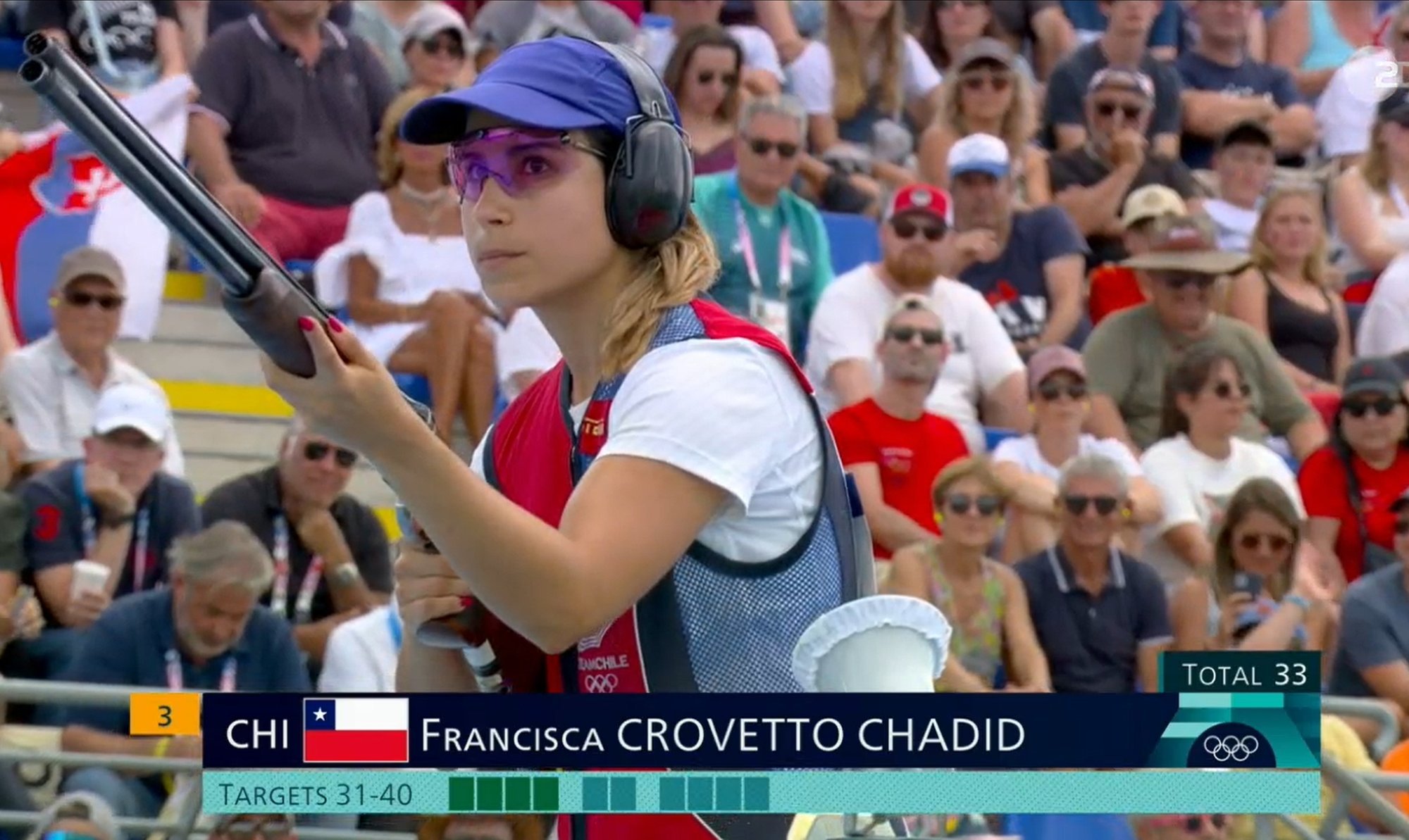+++ Update September 2022 +++
Effect of lead from ammunition in wildlife populations.
A new scientific study reveals: ECHA's data are not correct and based on unprofessional methodology.
Dear hunters and shooters: let's talk some more about the EU lead ammo ban. Last month we reported on the renewed attempt in that direction by the European Commission . The latter requested the European Chemicals Agency (ECHA) to prepare a restriction proposal on the placing on the market and the use of lead in ammunition (gunshot and bullets).
What's most annoying in these umpteenth EU anti-gun attempts – which is what's they actually are – is that they are now being passed off as concern about lead poisoning and “the risk to wildlife and humans (via the consumption of game meat)”. Who could object to an initiative to avoid “suffering of animals” and “potential accidents to hunters and sport shooters”? It's for own own good after all, right?
But is metal lead ammo really “poisonous”?
Is there a real, serious risk of lead poisoning for humans and animals related to lead gunshot and pellets? And, above all,
is it scientifically proven?
The single fact that the new EU restriction proposals should address even lead used in fishing weights should give rise to some doubts about their pretense of scientificity. We also reported the story of Danka Barteková, a professional skeet shooter underwent a blood test to measure lead level in her body to dispel
the myth of “poisonous ammo".
But these are just empirical facts, and we need more scientific proofs.
A useful website with facts and scientific studies: leadinammunition.com

Well, leadinammunition.com is a website whose purpose is in their own words “to provide the reader with correct information on the use of lead in ammunition” since “there is in fact a general lack of information and/or misinformation about the good practices for metallic lead management already in use in the hunting and shooting sector, the real effects of metallic lead ingestion and the possible consequences that alternative materials could have on both the environment and human health.”
We can highly recommend this website. There you can find many interesting documents by researchers and experts from all over the world. We just took some inspirational quotes here and there.
For example, a study on the “Incidence and Repercussion of Lead Pellets Introduced into the Terrestrial Environment on Terrestrial Game Birds” by a team of Spanish researchers, who conclude that the average lead concentration in terrestrial-habitat game birds’ liver, an organ that is a good indicator of exposure to Pb, “ is low, thereby indicating it is a good state as far as this contaminant is concerned. The mean concentration found was ten times lower than the environmental exposure concentration threshold described as the most restrictive in the bibliography”.
Or, as far as human health is concerned, you can learn that already in 2012 the European Food Safety Authority (EFSA) conducted a sensitivity analysis on humans exposure to lead via the diet to identify which foods contribute most to lead intake.
Where does lead intake in the human body really come from?
Based on the available data, the EFSA concluded that the main lead intake contribution
“is provided by products based on cereals (16.1%), milk and dairy products (10.4%), non-alcoholic beverages (10.2%), vegetables and their derivatives (8.4%), water (7.0%), alcoholic beverages (6.7%),”
adding that
“consumption of game meat with high lead concentration does not significantly change the total intake”
.

Moreover, two Swedish qualified researchers reveal that eating 3 kg of wild boar meat – one of the most “lead contaminated” food in Europe, with a content of 4,7 mg. per kg as a result of the use of lead in ammunition – is “equivalent to the exposure from one week consumption of tap water respecting the lead limits defined by EU Authorities” . Exactly: drinking tap water for a week is just as “poisonous” as eating the most “lead contaminated” food in Europe .
We will allow you the pleasure of discovering many other studies and researches on that website telling the truth about lead in ammuniton.
By this do we mean that lead is healthy and there's no problem at all? No. We simply affirm that science is one thing, and ideology is another. It's the same difference between a demonstrated risk and a crusade.
As we already stated, alternative materials for ammunition look worse than better, while the attempt by the EU Commission and ECHA has the potential to completely stop the use of shotgun ammo in hunting and seriously affect all shooting disciplines as well. And above all, do you really think that after banning lead in ammo, they will stop there?
In conclusion, we want to leave you with this quote from the website leadinammunition.com
“Although the use of lead in ammunition is already highly regulated and its proper management in hunting and shooting sports minimize possible negative impacts on environment and health, it is very often subject to systematic requests for replacement with alternative materials, especially by non-governmental organizations, national and international political groups, as well as international conventions aimed at protecting the environment and animal species. 'LEAD-FREE' DOES NOT NECESSARILY MEAN 'PROBLEM-FREE'.”
Are we talking about “lead” or about “lead metal” in ammunition?
To make a long story short: the particle size is the decisive factor for potential effects on human health or on the environment. In this respect, lead in ammunition is for instance by far not to compare with lead in fuel of former times. When it comes to ecotoxicity and toxicity to humans, it has not been proven how harmful lead in ammunition really is. There are obviously ECHA data, which are based on projections, but they don't take particle size into account. Projections instead of scientific studies do not do justice to the subject.
all4shooters.com / all4hunters.com will keep you well informed. Stay tuned!










